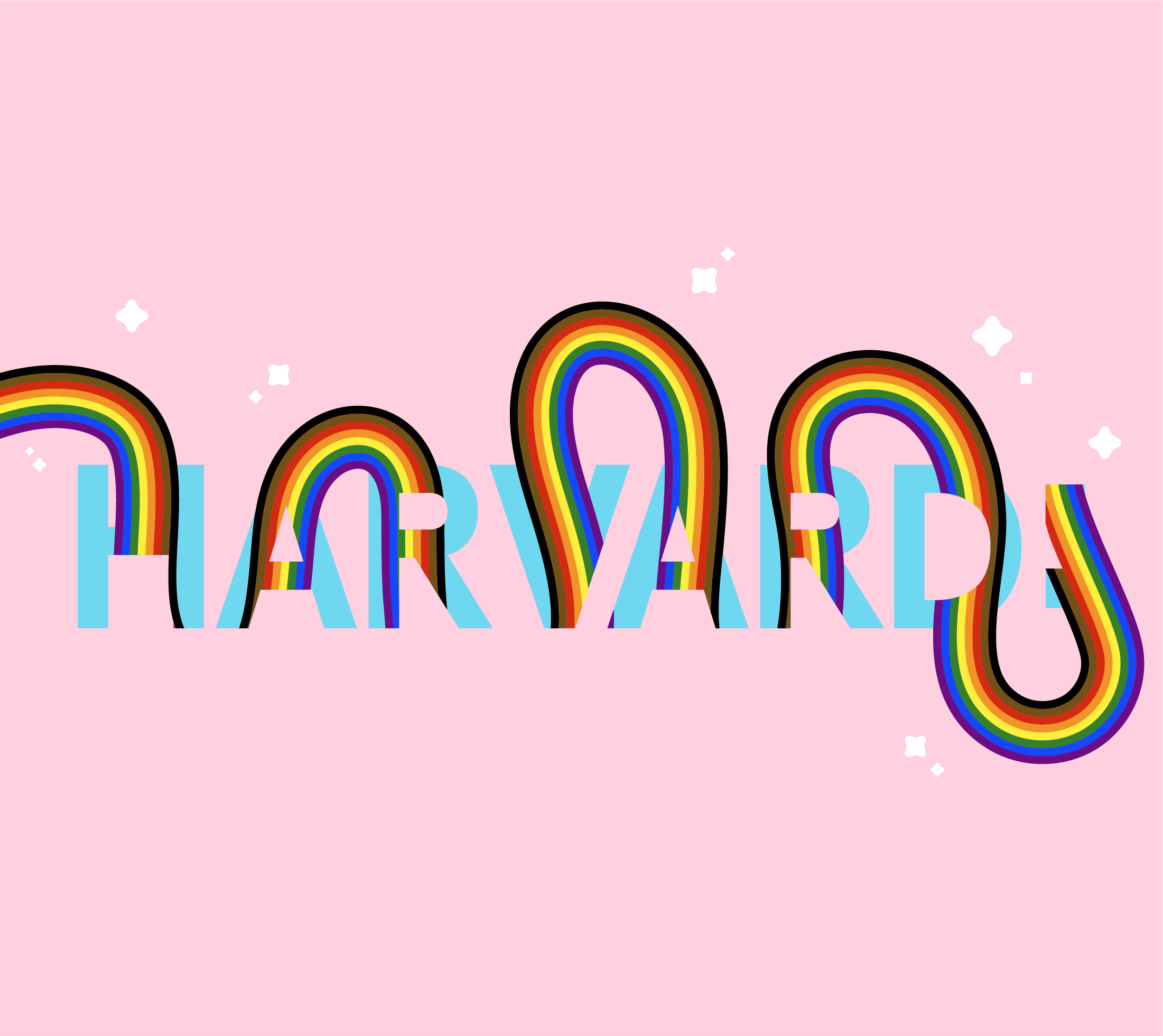Representation: what is it good for?
SHARE
Jo Franklin-Wright
24 Feb 2021
Representation is a word that gets thrown around a lot, so as we come to the end of LGBT History Month I wanted to do a reappraisal of what representation means, and why the media and communications matter so much in changing attitudes and in influencing the wider narrative around LGBT rights.
At its core, representation is all about the idea that if you can see it, you can be it. Seeing a true representation of yourself, your community. the kinds of things you’ve been through or that your friends have been through (both good and bad) is life affirming. It helps people realise that the way they live their lives is acceptable and not shunned, that they’re recognised and celebrated, not hidden from view.
For those outside the community, it’s an eye opener. Having a true, honest and respectful representation of any group puts a stake in the ground to declare that we as a society recognise these people as valued members of our clan – and perhaps you should too.
Last year Procter & Gamble teamed up with GLAAD, an organisation that champions LGBT representation in media, and found that 80% of respondents who had been exposed to LGBTQ people in the media said they were more supportive of equal rights for LGBTQ people when compared to those who hadn’t been exposed.
The media in all its forms has a huge part to play in setting the tone for what types of people we deem acceptable and valuable in society. As comms professionals we already know that making perception shifts are done most effectively through storytelling.
Our brains are hardwired to respond to a narrative. It’s a survival technique and one of the reasons we’re successful as a species. If you think about it, we can cooperate creatively on a huge scale to collectively envisage a future that we want to inhabit – and then build it. Isn’t that incredible? And a lot of being able to envisage a collective future on a large scale comes from seeing your neighbour’s welfare as intrinsically linked to your own.
As we look at LGBT history we can see that the narrative around and attitudes to this group has been shaped by collective storytelling over time. Let’s take trans history as a fascinating and pressing example.
If you watch one thing on Netflix in the next week to mark the end of LGBT History Month, I’d implore you to make it a documentary called Disclosure that was produced by Laverne Cox, a black trans woman of Orange Is The New Black fame. It’s a confronting feature-length piece that takes you on a journey from the earliest trans representation on screen to today. It highlights instances in all our lifetimes when you probably won’t have batted an eyelid at trans people being roundly humiliated on screen. If there is a campaign out there to ban Ace Ventura I want to get behind it (Joe Rogan even called it out for its unflinching transphobic violence). The time we’re in now though could be said to be a heyday for trans representation on screen. The Emmy winning show Pose is a perfect encapsulation of the strides that have been made, depicting black trans lives in 1970s and 80s New York ballroom scene through some of the most humanising storylines ever written.
But despite the progress, there is still work to be done. A pervasive lack of education, awareness and representation is still all too often a matter of life and death for trans people. The recent all-encompassing debate over gendered bathrooms has sadly taken centre stage thanks to the involvement of high profile individuals.
This narrative has managed to detract from the real issues facing trans adults and children, who continue to face huge hurdles in terms of both societal acceptance and the ability to safely transition in the eyes of the law. More can be read about the latest updates to the Gender Recognition Act here. Stonewall found that almost half (48%) of the UK trans population have attempted suicide at least once, more than half (55%) have experienced negative comments or behaviour at work due to being trans, and 41% of trans people have been attacked or threatened with violence in the last five years.
If those stats don’t give us pause to think about what more we can be doing to shift the narrative on trans people, I’m not sure what will.
A lot of the problem is about exposure. GLAAD found that 80% of Americans don’t know anyone who is transgender. When someone is invisible in your daily life, it becomes difficult to relate to their challenges and understand how their experience of the world may be different from your own. This is where the need to represent these people on screen and in our comms becomes vital to addressing the issues that seem too far removed from reality for the majority of the population.
GLAAD is a great resource for organisations trying to make the shift in the way they speak about and represent trans lives publicly. The organisation recently launched guidelines for transgender representation in marketing – which states so plainly but it bears repeating: “Imagery that focuses on the everyday moments of LGBTQI+ people’s lives is essential in demonstrating that [they] are visible and valuable members of society,”
The telling and retelling of LGBT stories – and indeed stories from all groups – is an incredibly powerful way of ensuring that we are educating younger generations and shining a light on what can happen if we make people feel like they’re in the “other” group. Making big, long term societal perception shifts is hard work but is entirely possible if we commit to being be part of a creative, collective effort to envisage a better future for everyone.

